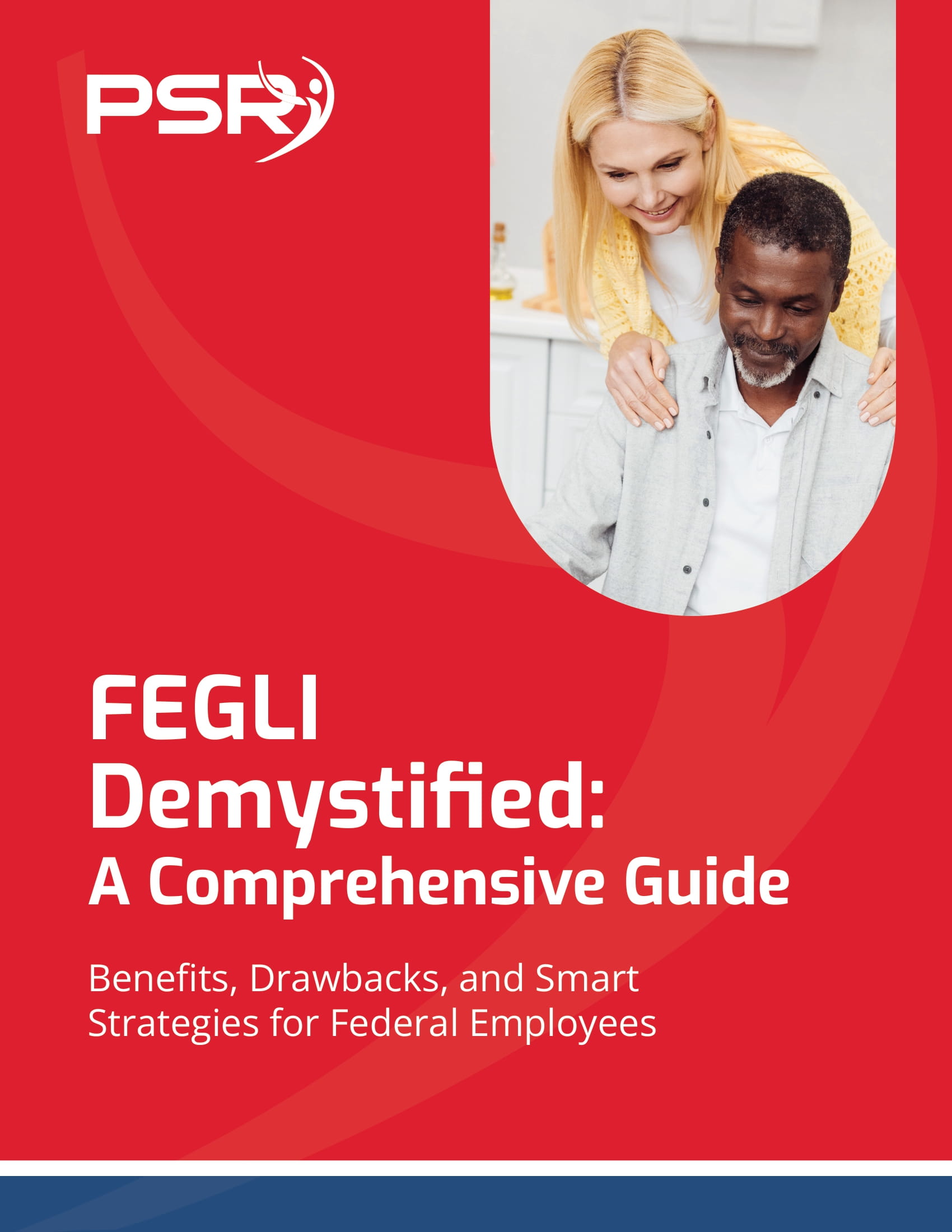Key Takeaways
-
In 2025, postal employees must adapt to major retirement changes that did not exist for earlier generations, including the new Postal Service Health Benefits (PSHB) program.
-
Timing, Medicare enrollment, and health coverage decisions now play a far bigger role in shaping financial security after retirement.
How Retirement for Postal Employees Looks Different in 2025
Postal employees preparing for retirement in 2025 find themselves at a crossroads their predecessors never had to face. Several sweeping changes have altered the traditional path to retirement, making it critical for you to fully understand your options. A lack of planning today could mean higher costs, unexpected coverage gaps, or reduced benefits tomorrow.
The PSHB Program: A New Chapter in Postal Retirement Benefits
- Also Read: Dropping FEGLI Sounds Smart—Until You Realize What It No Longer Covers After Retirement
- Also Read: Hitting 20 Years in Law Enforcement? Here’s What You Can Expect From Your Pension
- Also Read: Think You Understand FERS? These Three Rules Still Confuse Even Longtime Government Employees
-
Mandatory Enrollment: If you are a Postal Service annuitant, you must transition to a PSHB plan to maintain your health insurance. This switch is automatic unless you actively select a different PSHB plan during the Open Season period, which now runs each November through December.
-
Key Differences: PSHB plans mirror many aspects of FEHB but are designed specifically for postal workers. Coverage networks, out-of-pocket costs, and plan structures may differ, and the government continues to cover roughly 70% of your premiums.
Medicare Part B Enrollment Is No Longer Optional for Many
For many postal retirees turning 65 in 2025 and beyond, enrollment in Medicare Part B is no longer a casual decision. It has become a mandatory requirement for maintaining PSHB coverage.
-
Who Must Enroll: If you retired after January 1, 2025, or you are turning 65 this year and eligible for Medicare, you must enroll in Part B unless you qualify for an exemption.
-
Exemptions: Retirees who left service on or before January 1, 2025, or those who live overseas, among other limited cases, may be exempt.
-
Important Timeline: Your Initial Enrollment Period for Medicare begins three months before your 65th birthday, includes your birth month, and ends three months after. Missing this window can trigger late penalties and gaps in PSHB coverage.
Prescription Drug Coverage Has Changed
As of 2025, your PSHB plan automatically integrates a Medicare Part D Employer Group Waiver Plan (EGWP) if you are enrolled in Medicare.
-
Out-of-Pocket Limits: The Medicare Part D out-of-pocket cap for prescription drugs is now set at $2,000 annually.
-
Payment Flexibility: New installment options allow you to spread your drug costs over the calendar year rather than paying large amounts upfront.
You no longer need to shop for separate drug coverage, but understanding how this integration affects your benefits is essential.
Open Season Decisions Carry More Weight
While Open Season has always been an important time, in 2025, it carries even more significant consequences. Your choices about health coverage, Medicare integration, and dependent coverage now impact both your healthcare access and your retirement budget.
-
Review Plan Changes Carefully: Plan costs, network providers, and benefits can change yearly.
-
Compare Your Options: Even if you are automatically re-enrolled, you should actively compare PSHB options every Open Season to ensure the plan still meets your needs.
Missing the Open Season window means you must wait for a qualifying life event to make changes, so being proactive is more critical than ever.
Survivorship and Dependent Coverage Require More Strategic Planning
If you are planning to elect survivor benefits for your spouse or dependents, you must now also consider how PSHB and Medicare integration will affect them.
-
Medicare Eligibility Matters: Spouses and dependents who become Medicare-eligible must also enroll in Part B to maintain their PSHB coverage.
-
FEHB Continuation No Longer Available: Surviving family members tied to your postal employment must continue under PSHB rather than returning to the traditional FEHB system.
Ensuring continuous, affordable coverage for your survivors takes thoughtful pre-retirement planning in 2025.
Healthcare Costs Demand Tighter Budgeting
Health coverage remains a significant expense for retirees. Even though government contributions to premiums continue, you are still responsible for your share, which may increase over time.
-
Typical Premium Costs: Monthly premiums for Self Only PSHB plans generally range from about $120 to $200.
-
Out-of-Pocket Maximums: PSHB plans typically cap in-network out-of-pocket expenses at around $7,500 for individuals and $15,000 for families.
Factoring these ongoing costs into your retirement budget is critical to avoid surprises.
Early Retirement Comes With Different Pressures
If you are considering early retirement under Minimum Retirement Age +10 (MRA+10) provisions, or under Voluntary Early Retirement Authority (VERA) programs, the landscape has changed.
-
Penalty for Early FERS Retirement: If you retire before age 62 without meeting special conditions, your annuity is reduced by 5% for each year under age 62.
-
Healthcare Coverage Continuity: You must meet eligibility rules to carry your PSHB coverage into retirement; otherwise, you could lose access to the postal plans permanently.
Retiring early requires careful attention to both your annuity reduction and your eligibility to maintain health benefits.
The Thrift Savings Plan (TSP) Matters More Than Ever
Your TSP plays a larger role in your retirement strategy now that healthcare and Medicare integration may require additional out-of-pocket payments.
-
Withdrawal Flexibility: TSP offers installment payments, partial withdrawals, and annuity options.
-
Required Minimum Distributions (RMDs): Starting at age 73 in 2025, you must begin taking RMDs from your traditional TSP if you are no longer working.
Integrating your TSP withdrawals with your expected healthcare expenses and living needs ensures you stay financially stable.
Planning Ahead Means Understanding Critical Enrollment Periods
Managing your retirement benefits now depends heavily on following the right timelines.
-
Medicare Initial Enrollment Period: Begins three months before and ends three months after your 65th birthday month.
-
PSHB Open Season: Runs annually from November to December.
-
Special Enrollment Periods (SEP): Triggered by certain events like retirement or loss of other coverage, allowing changes outside Open Season.
Missing these windows could cause significant coverage gaps or financial penalties.
Special Considerations for Retirees Living Abroad
If you plan to retire outside the United States, your choices are slightly different.
-
Medicare Part B: You are exempt from the mandatory enrollment requirement if you permanently reside abroad.
-
PSHB Coverage: You must verify whether your PSHB plan offers international coverage, and if not, you may need to seek supplemental options.
Proactive planning ensures you avoid coverage issues after relocating.
Retirement Strategies Must Evolve in 2025
The retirement landscape for postal employees is fundamentally different in 2025 than it was even a few years ago. You must adjust your strategy to ensure you:
-
Understand the PSHB-Medicare integration rules.
-
Plan for healthcare costs beyond just premiums.
-
Coordinate TSP withdrawals and RMDs wisely.
-
Protect survivorship benefits for your loved ones.
Careful preparation can help you transition confidently and maintain the security you have worked hard to build.
If you have questions or want a tailored retirement plan that matches your personal situation, you should reach out to a licensed professional listed on this website for personalized advice.








